Cubs Don’t Expect To Be Deadline Buyers
[ad_1]
The Cubs’ deadline trajectory has been an oft-discussed topic over the course of the past few weeks, with the team sitting at or near the bottom of the NL Central but also within striking distance of the final NL Wild Card spot. They’ve ostensibly explored possibilities on both ends of the buy/sell spectrum, showing interest in Toronto catcher Danny Jansen while also reportedly talking with both the Yankees and Red Sox about the potential of a Jameson Taillon trade. The Cubs dropped their first two games coming out of the All-Star break to a D-backs team that’s now tied for the final Wild Card spot, though they dodged a sweep in an extra-inning win Sunday.
While the Cubs are 3.5 games out in the Wild Card hunt, the latest report from Patrick Mooney, Ken Rosenthal and Will Sammon of The Athletic indicates that the Cubs aren’t planning to be buyers at next week’s trade deadline. That’s not an indication there’ll be any kind of prominent fire sale for the Cubs either, however. Chicago hopes to contend next year and isn’t likely to move players who are under control unless they receive big league-ready talent in return.
As for the Cubs’ slate of rental players, there’s simply not much to peddle to other clubs. Drew Smyly is sitting on an impressive 2.92 ERA in 37 relief innings, but he’s also walked 10.2% of his opponents and is playing on a contract other teams will want to avoid. Smyly is owed the balance of an $8.5MM salary for the current season (about $3.2MM) in addition to a $2.5MM buyout on a $10MM mutual option for the 2025 season.
Righty Kyle Hendricks is a free agent at season’s end but isn’t going to draw any interest with a $16MM salary and a 6.69 ERA (unless the Cubs eat the entirety of his contract, perhaps). Hector Neris has a 3.74 ERA and 24.2% strikeout rate in 33 2/3 innings — but he’s also walked a career-worst 16.1% of opponents. Neris is playing on a $9MM salary, and his $9MM club option will convert to a player option if he appears in 24 more games this season (60 total). That’s going to turn off any potentially interested parties. Cody Bellinger can become a free agent at season’s end, but he’s on the injured list with a fractured finger and the two opt-out provisions on his three-year deal would’ve made trading him extraordinarily difficult anyhow.
The Athletic’s report at least raises the speculative possibility of listening to offers for starter Justin Steele, though with three-plus seasons of club control remaining, the price would presumably be as high or even higher than the asks for crosstown ace Garrett Crochet (two years of club control remaining) and AL Cy Young front-runner Tarik Skubal (the latter of whom is not expected to be traded). There’s no reason to think the Cubs would outwardly shop Steele, but listening to see if someone steps up with a Juan Soto-esque haul for last year’s fifth-place NL Cy Young finisher is sensible enough.
With regard to Taillon, there’d be some sense to moving him even if the team doesn’t envision a broad-reaching sell-off. In signing any free agent to a long-term deal, a team is most interested in the first couple years of said contract. The 2025-26 seasons will be Taillon’s age-33 and age-34 campaigns. He’ll earn $18MM in each season on his slightly backloaded $68MM deal. Moving him would free up some money to potentially spend on a younger pitcher this offseason — or perhaps on another area of need entirely.
The Cubs control Steele, Shota Imanaga, Javier Assad, Ben Brown, Hayden Wesneski and Jordan Wicks through at least the 2027 season. Prospects Cade Horton and Brandon Birdsell are rising quickly through the system. There’s some depth from which to deal, and a Taillon trade could bring in talent, shed future payroll and reduce future luxury tax obligations. Taillon wouldn’t command nearly the same type of haul as Steele for a number of reasons (age, salary, general talent level), but there aren’t many arms available so the Cubs could conceivably take advantage of that shortage and see what the market bears.
It’s worth emphasizing, too, that most teams’ plans remain pretty fluid this time of year. While teams facing a gaps of eight, nine, ten or more games in their respective postseason pursuits are sure to focus on selling (just as clubs in the opposite position will primarily focus on adding), nearly half the teams in baseball exist in a relative purgatory between those two ends of the spectrum. There’s currently a three-team tie for the third NL Wild Card spot (Mets, D-backs, Padres), and another five teams are within four games of that final spot — the Cubs among them. In the American League, there are four teams within six games of the final Wild Card spot.
For instance, if the Cubs snapped off six or seven straight wins beginning today, they’d presumably be far more open to the idea of adding some pieces. That’s particularly true because their next three games come against the division-leading Brewers. But a win streak of that nature is always a long shot, and it’s plenty notable that for the time being, Chicago isn’t viewing itself as a team that will trade even lower-caliber minor league talent in exchange for some marginal rental upgrades. Time will tell whether the players on the field can push the front office to take a more aggressive stance, but right now it seems likely the Cubs are in for a relatively quiet deadline.
[ad_2]
Read More:Cubs Don’t Expect To Be Deadline Buyers

 Canada
Canada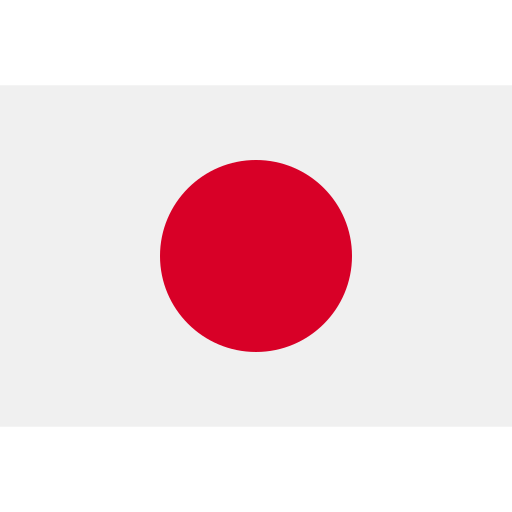 Japan
Japan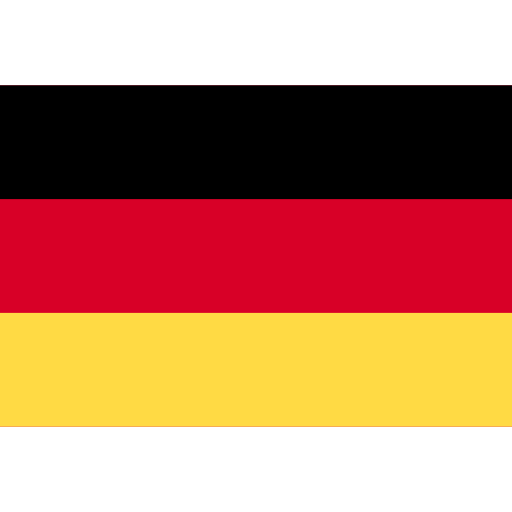 Germany
Germany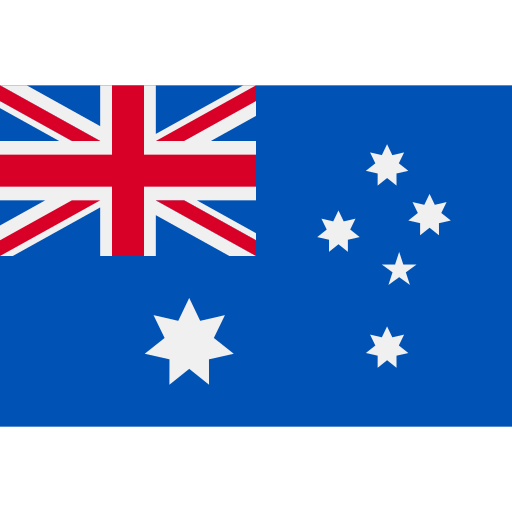 Australia
Australia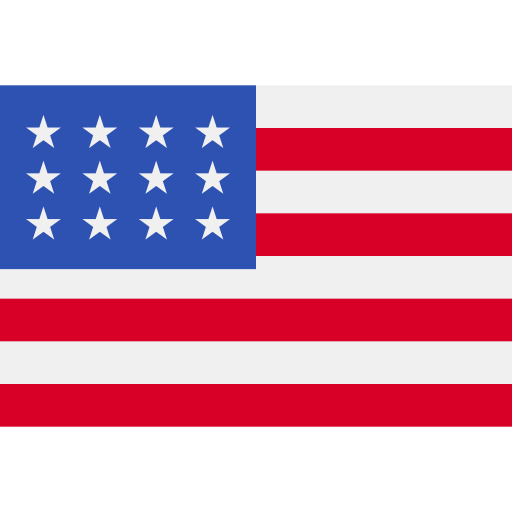 United States
United States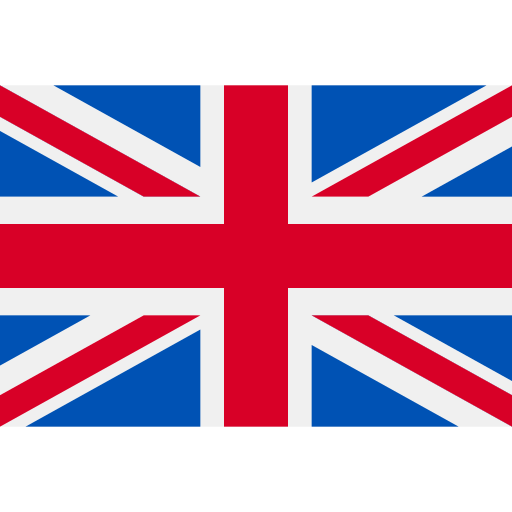 United Kingdom
United Kingdom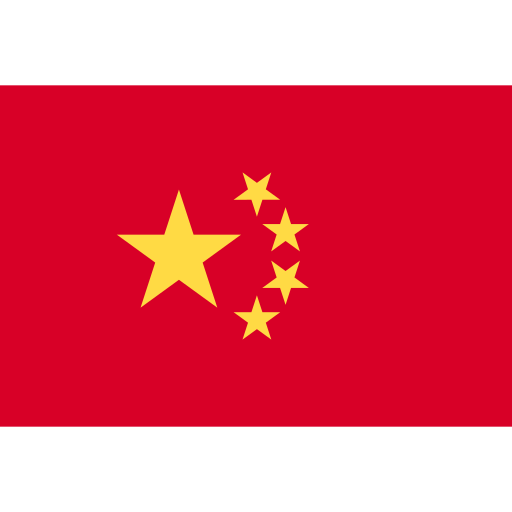 China
China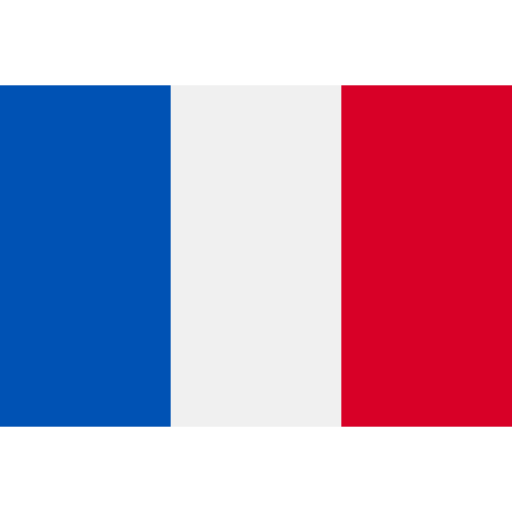 France
France Ukraine
Ukraine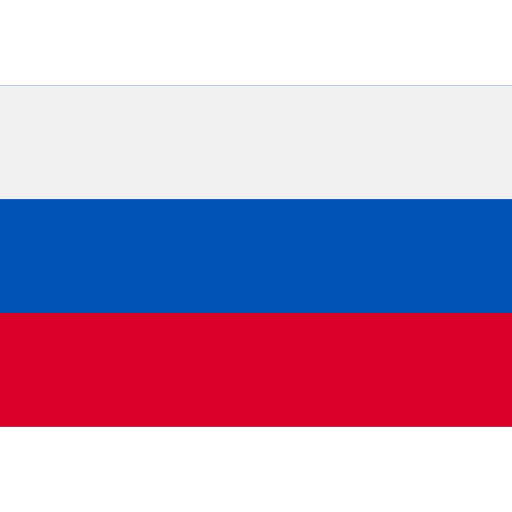 Russia
Russia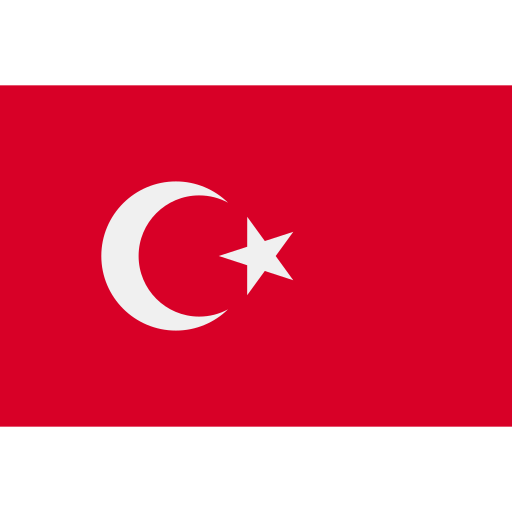 Turkey
Turkey
Comments are closed.